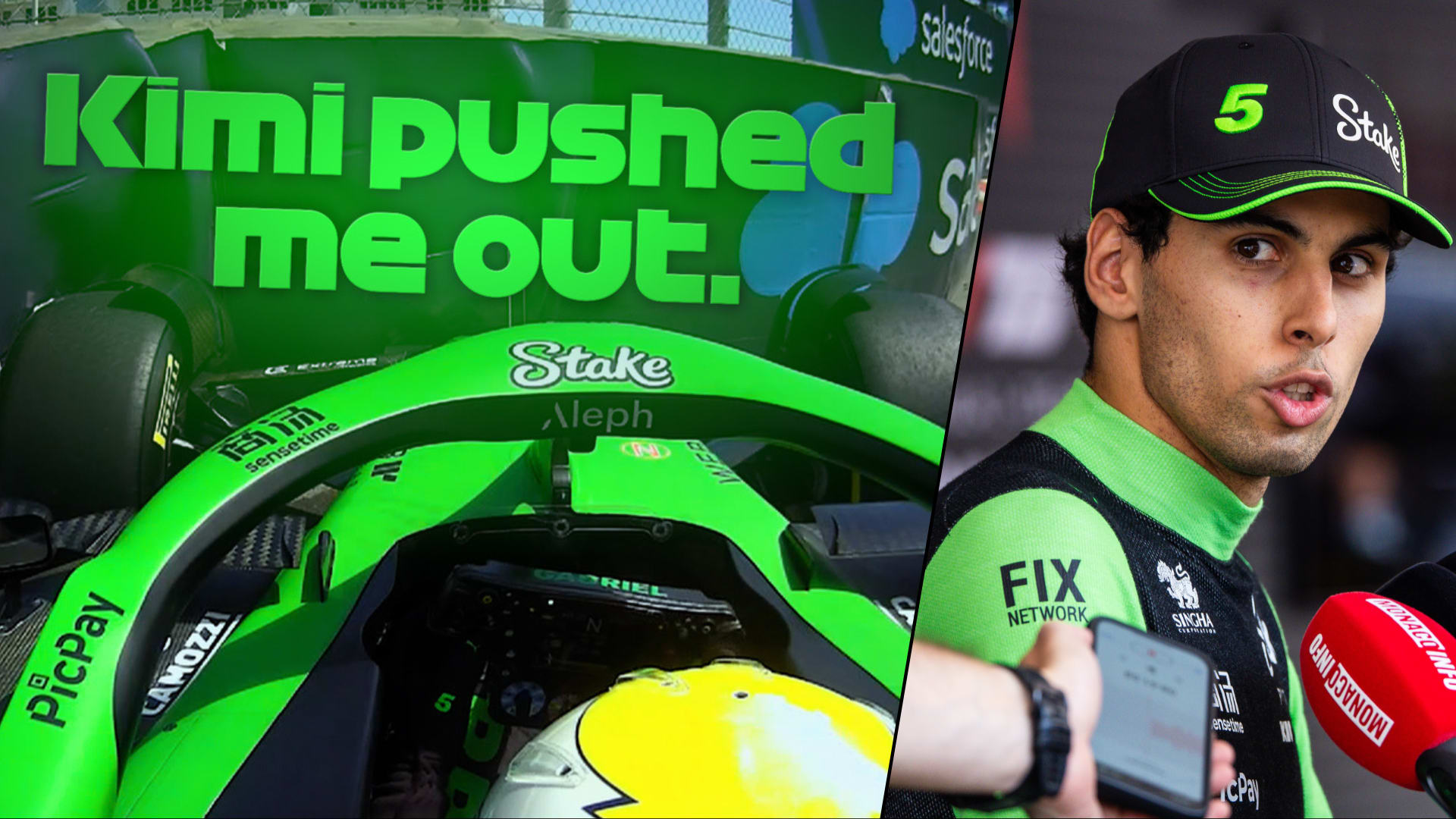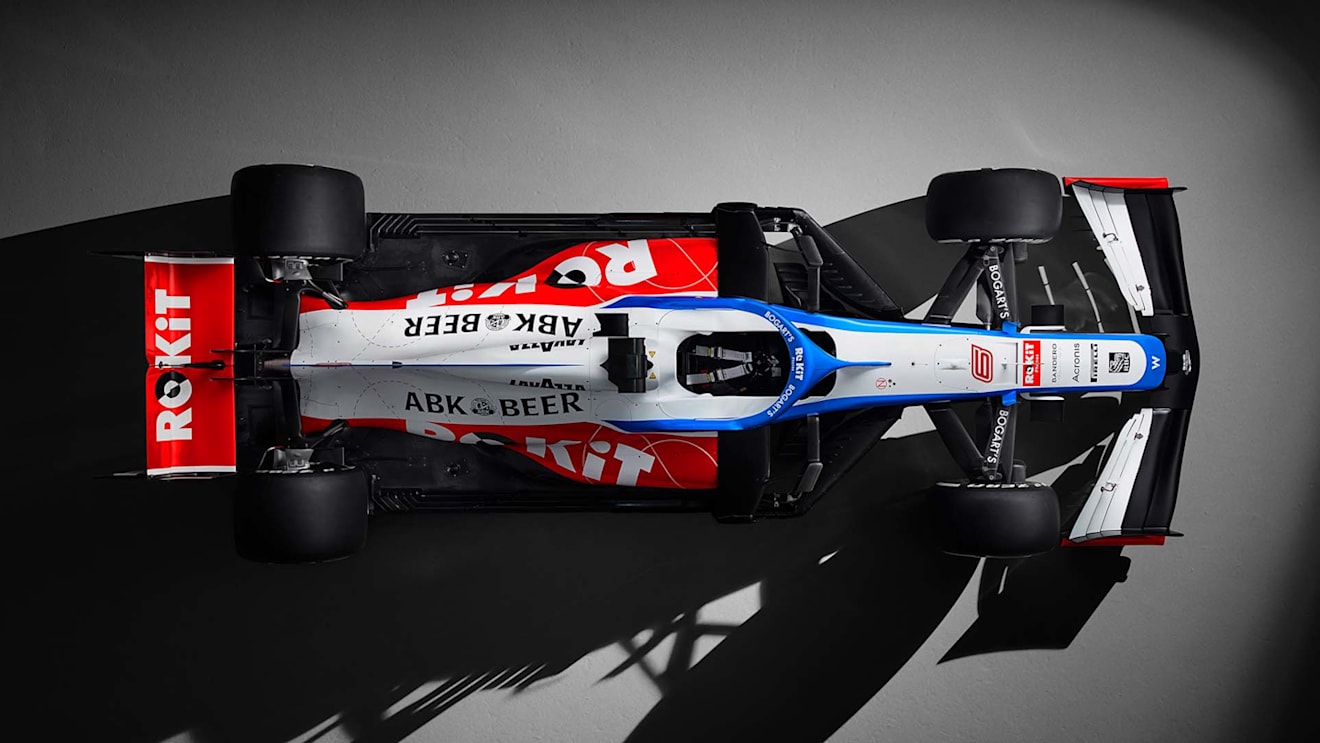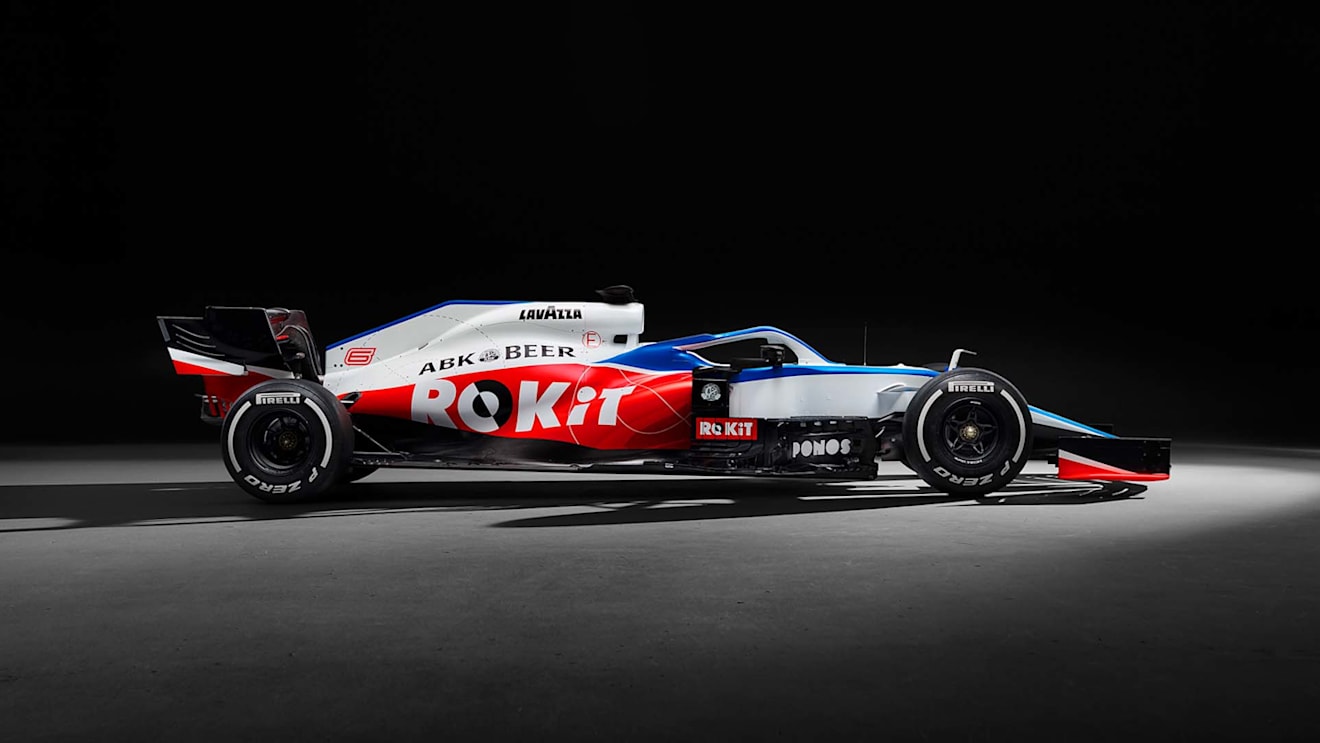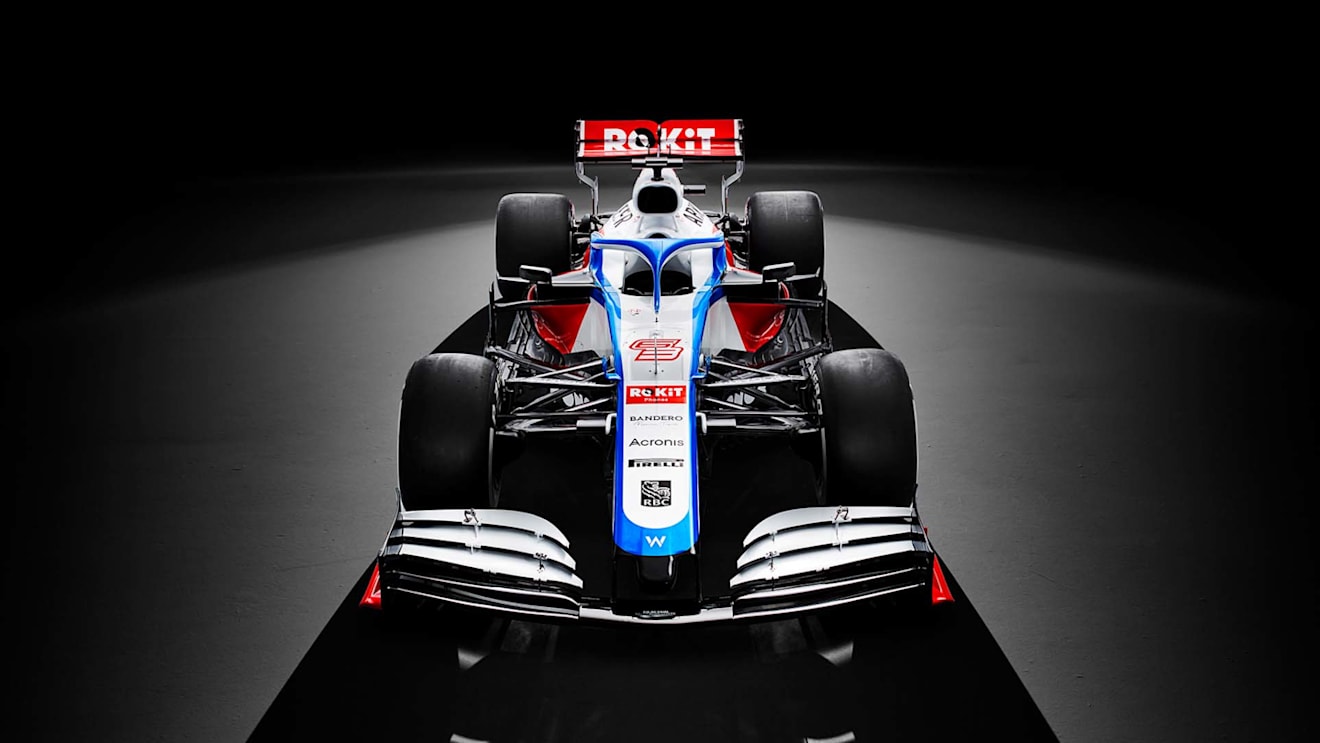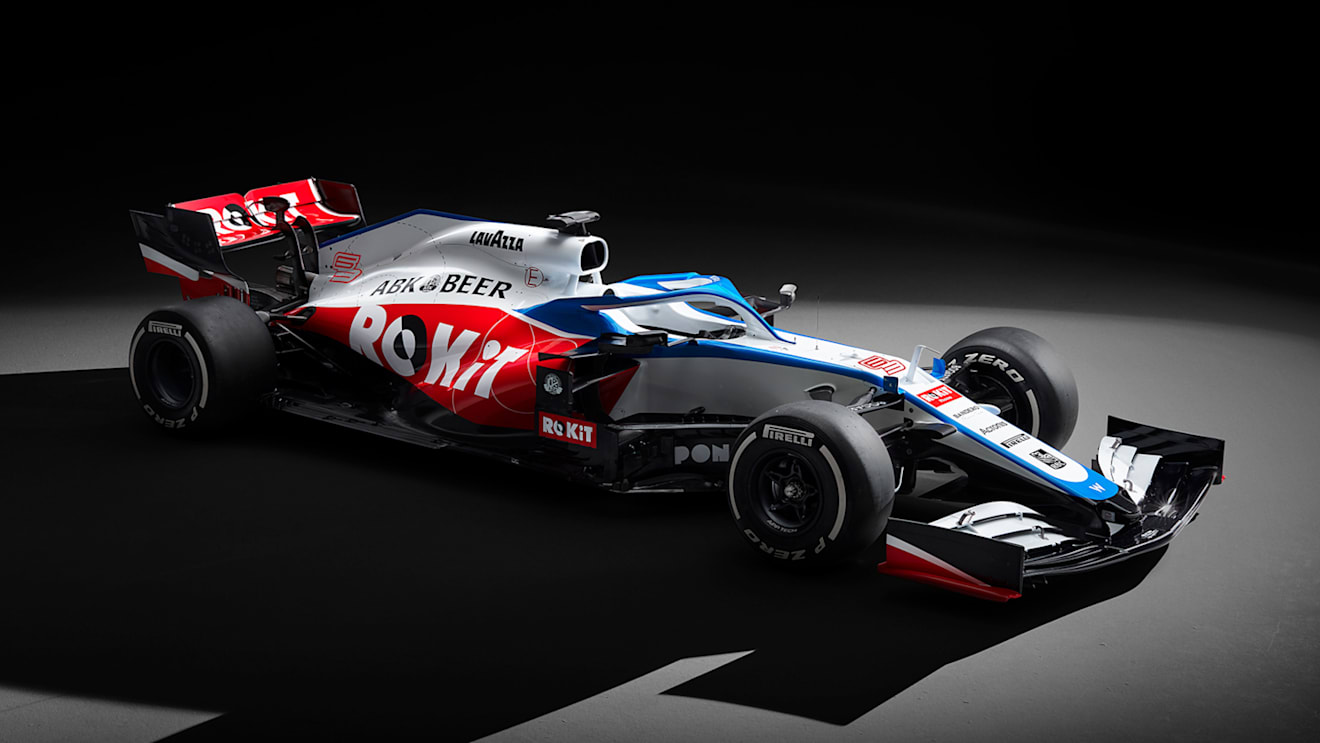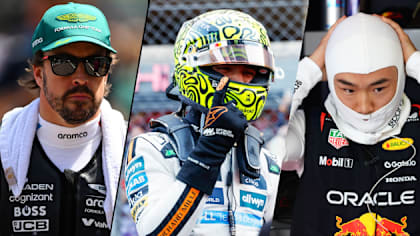1 / 4
News
Williams launch evolutionary 2020 F1 car in online reveal
After a challenging 2019 campaign, which yielded just a solitary world championship point, Williams have revealed the FW43 – the car they hope can reverse their fortunes in 2020 – in an online launch…
Featuring a revised livery that retains heavy branding for their title sponsor ROKiT, the FW43 is what the team describe as an “evolution” of its predecessor, as they look to efficiently use their modest budget.
READ MORE: Can Williams escape the back of the grid in 2020?
“We have paid significant attention to understanding the problem areas of the FW42 and we have carefully chosen parts of the car to develop, those that would give us the most performance for the resources we have,” said Design Director Doug McKiernan.
Williams' 2019 and 2020 cars compared
“The main concept behind the FW43 is that it is a continuous development of the FW42, with no fundamental concept changes to the layout. The most important indicator that we are on the right path will be the level of correlation we have between the tool kit we use to design the car and what the track data is telling us.
READ MORE: Why Williams chose Latifi for 2020
“There has been a healthy development rate in the wind tunnel, and we have found reasonable improvements in the cooling efficiency. The team has addressed the mechanical issues that affected it in 2019, these include the brakes and the overall weight of the car. We have made some good progress across these areas and will continue to focus on them during the season.”
The decision to retain some of the core architecture of the FW42 means there has been less resource invested in developing new concepts
Adam Carter, Chief Engineer
Chief Engineer Adam Carter added: “The initiatives that we put in place to drive performance across all disciplines within the engineering department are evident in the design and development of the FW43. It’s been great to see the hard work starting to pay off.
“The decision to retain some of the core architecture of the FW42 means there has been less resource invested in developing new concepts, which in turn has rewarded the design team with greater bandwidth to optimise their work, evident in both packaging and component detail.
READ MORE: 7 of the cleverest deceptions in F1 testing history
“By preserving some key parameters, it has allowed for an uninterrupted development programme within aerodynamics in order to maximise the efficiency of the resources. As we head towards the pre-season tests and then onto the race season, the most important measure will be the progress relative to our peers, along with our intention of continuing our recent record of reliability.”

Last year’s pre-season was a nightmare for Williams, the iconic British team having failed to ready the car for their filming day or the first two days of pre-season testing.
For this year, they put plans in place to ensure a smoother production and manufacturing process and also passed their crash tests at the first time of asking.
The FW43 will break cover in public for the first time when testing gets under way at Barcelona on Wednesday with George Russell and Nicholas Latifi splitting the running between them over six days.
Find out how you can watch 2020 pre-season testing live here
READ MORE: Everything you need to know about 2020 F1 pre-season testing
YOU MIGHT ALSO LIKE
News ‘It’s not how we want to go racing’ – Albon rues frustrating ‘tactical game’ in Monaco
FeatureF1 Unlocked 5 Winners and 5 Losers from the Monaco Grand Prix – Who gambled and got lucky around the streets of Monte Carlo?
News Russell jokes Albon will ‘get the dinner bill’ after Monaco GP battle and penalty
News ‘Liam helped me massively’ – Hadjar praises team mate Lawson as he hails ‘perfectly executed’ Racing Bulls strategy in Monaco
